Everywhere we look there are textures, no matter if the object itself looks bland from far away or up close. But if we use a digital camera or smartphone, we are able to see all the intricate details hidden away from our very eyes. This is achieved by using a zoom range of around 3X to 10X which is quite is common and can be suitable for general photography. For more specialized purposes, such as wildlife or sports photography, a camera with a higher zoom range, such as 20X or more, might be preferable. These Zoom ranges can help us achieve photographs like these…



Visual Elements (Formal)
Visual elements are the devices and techniques applied by photographers when taking a photograph to ensure that the outcome is pleasing both aesthetically and meets the photographers intentions. The visual elements are like a set of tools that can be used to construct a great image. There are a total of 7 elements that we tend to use in Photography; Line, Shape, Space, Repetition, Texture, Colour, and Value/Tone
Line
Lines are a great starting point when thinking about formal elements, as they are almost everywhere. Start by looking for lines in your composition that can guide the viewer through your shot or to a specific focal point. These are known as leading lines. Your lines don’t necessarily need to be straight, horizontal or vertical; they can be curved, angular, or random too. Angular lines that converge into a central point, commonly known as a vanishing point, will add perspective to your image. Think of how a straight road or railway line naturally disappears to a central point on the horizon, this is a classic example of a vanishing point. You can also add lines to your scene by creating entirely new ones. For example, when photographing moving traffic, you can use a slow shutter speed to create a light trail.
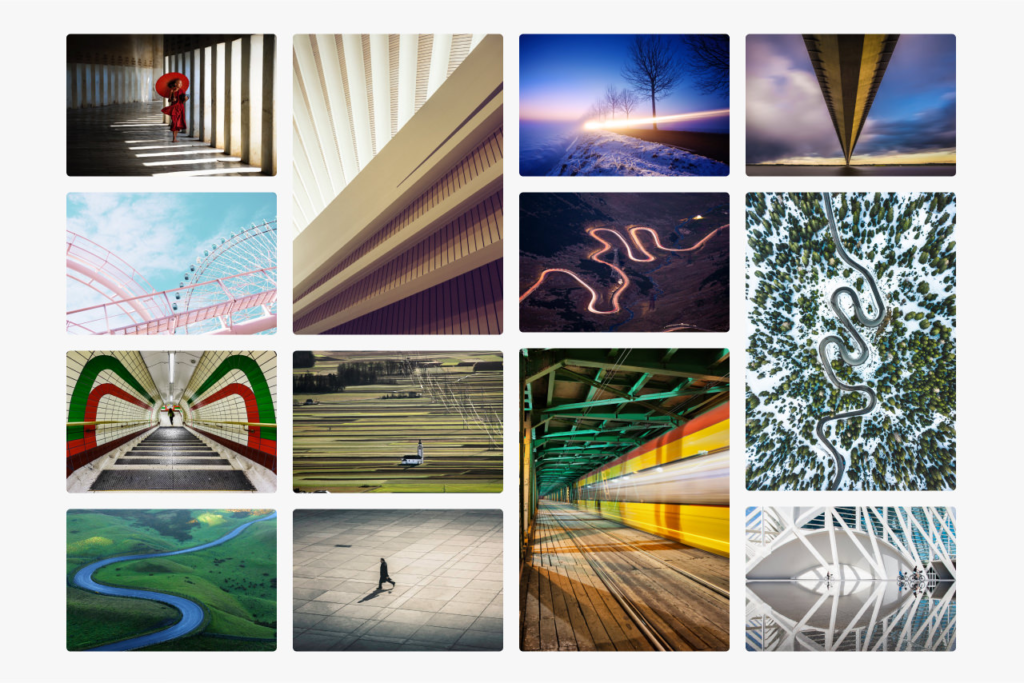
Shape
Regarding Shape in photography, this usually means a 2D subject outline. In contrast, form refers to a shape with a more 3D appearance. We’ve put these two together for this video as one formal element. Effectively representing shape and form in your compositions can turn objects, landscapes and figures into defined, striking focal points. Using various lighting techniques, such as backlighting, silhouettes, and paying attention to shadows, will help elevate the shapes and forms in your shot.
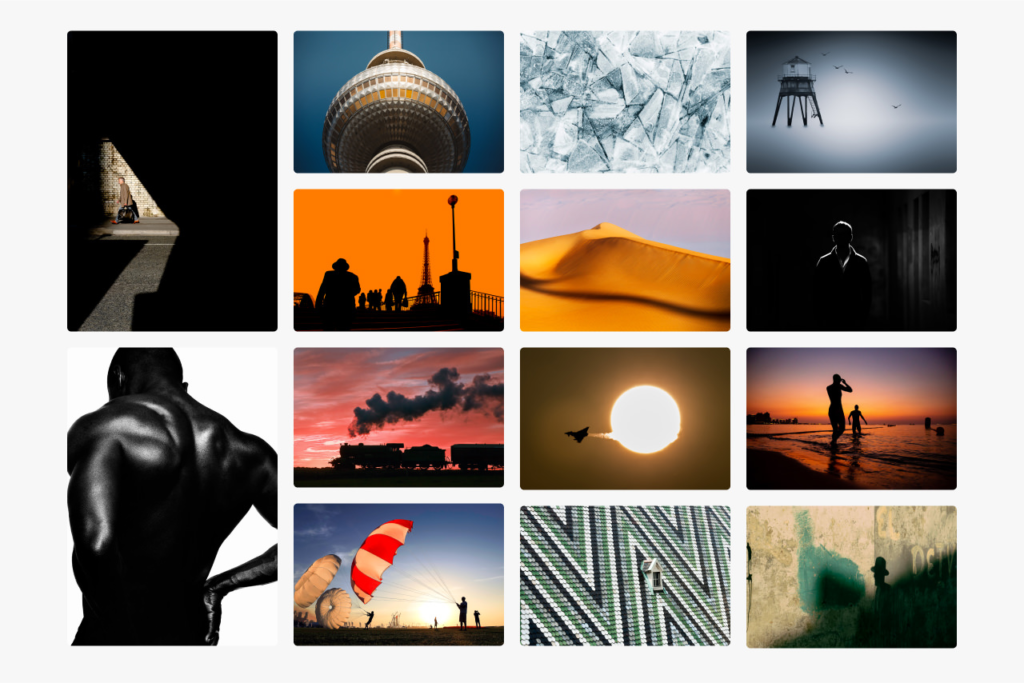
Space
Building Space into your compositions creates a sense of scale and brings added depth to your shot. It can also provide breathing room for your image’s main subject, allowing the viewer to focus on the scene’s primary features. Adding space to your compositions is particularly useful with outdoor photography, where you may want to emphasise the scale of geographical features, such as mountains and bodies of water. However, you can add space effectively when shooting almost any photographic subject.
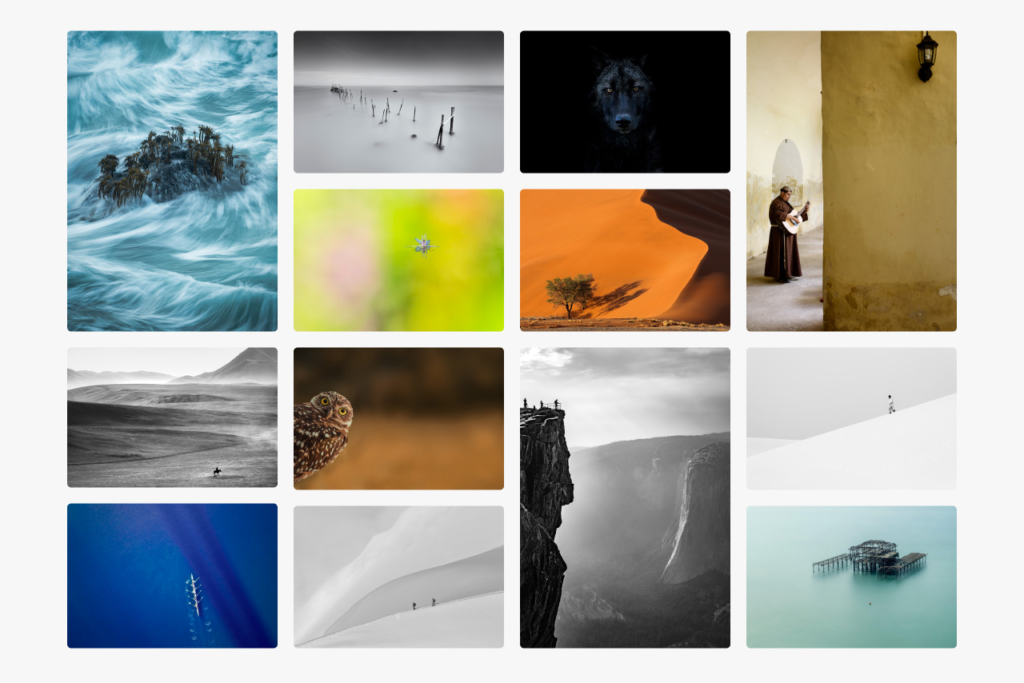
Repetition
Symmetry and Repetition make interesting photographic subjects. And when you start looking, you’ll see a surprising amount of patterns around you in the natural and built environment. Often flat, even light works well for patterns as it emphasises its repetitive nature equally throughout the shot. But for some patterns that are more 3D in nature, you may want to experiment with a range of lighting setups to help bring them out. Some of the most striking patterns, such as aerial shots or extreme macro photography, can be those not usually visible to the human eye. But you don’t need to invest in a drone or a fancy macro lens to shoot patterns.

Texture
Texture in your composition can bring your image to life by giving the viewer a tangible connection with it, and is particularly popular in macro photography. You can draw textures out of all kinds of surfaces and environments. And to do this, you can use a wide range of lighting setups and shoot with a variety of depth-of-field. Textures are ideal for experimenting, try different setups and see what you like. You can use flat light with the camera head-on to bring out the surfaces of a weathered wall. Or, use backlighting for ripples in dunes, shallow depth-of-field for intricate materials, and long-exposure to get the silky-smooth look of flowing water.
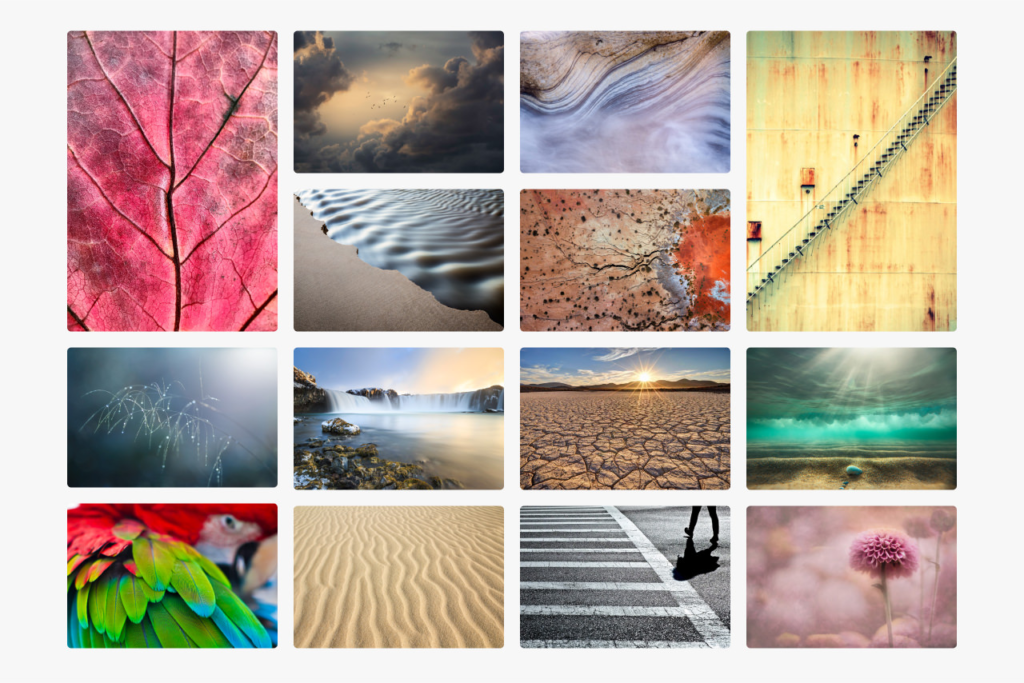
Colour
A prominent Colour in your image – whether it’s a concrete colour block or a set of similar colours that form a palette can make a bold statement in your shot. Colours can also convey a mood to your image that will be emotive to the viewer. And you could also single out one particular colour to make a striking statement and have it ‘pop out’ of your shot.
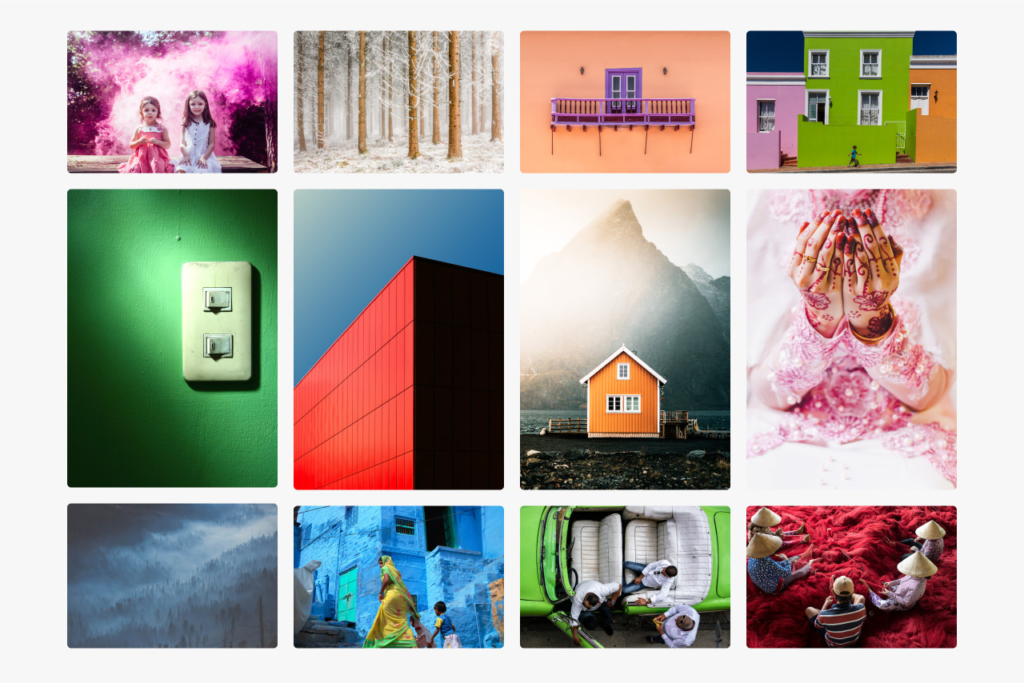
Value/Tone
Focusing on Tone in your image means using variables of contrast and light and dark areas to bring depth to your image.
The tone is fundamental in black-and-white photography, where it should be used to guide the viewer through your image where there is no colour present to focus their attention. Practice makes perfect when it comes to tone, and we recommend trying different lighting scenarios and contrast levels for your preferred aesthetic.

Exploring abstraction in photography with Francis Bruguière, Jaroslav Rössler and others.
Many Photographers focus on texture in their images as capturing texture in a photograph can add visual interest, highlight unique patterns, or even evoke emotions. Texture photography overlaps with many kinds of photography, including everything from fine art to classic portraiture.
Here are a few Photographers that focus primarily on texture in their images that I will be looking deeper into…
Francis Bruguière
Bruguière was an American photographer who moved to London in 1928 where he began to experiment with non representational photography. Of these, the cut paper abstractions are particularly beautiful. The photographer exploits the endlessly subtle qualities of both paper and light, manipulating both in order to create complex patterns of texture and form.






Jaroslav Rössler
Rössler was a Czech avant-garde photographer who became known for combining different styles of modern photography including cubism, futurism, constructivism, new objectivity, and abstraction. His photographs often reduced images to elementary lines and shapes, exploring the contrast of light and shade. He experimented with a wide range of techniques and processes including photograms and double exposures






Jerry Reed
Jerry Reed is an English photographer who claims his objective is to sustain the interest of the viewer through his photographs. He focuses heavily on a contrast in the shadows from the light on the paper, giving a very two-toned effect.






Brendan Austin
Brendan Austin creates imaginary landscapes out of crumpled pieces of paper. He calls them ‘Paper Mountains’. Austin examines what we mean by nature and the way humans have impacted upon it. “The isolated desert city running on oil generators, the mars like landscapes of a volcanic environment and the mountains made from paper all attempt to start a conversation concerning the loss of meaning and reality.” The resulting images appear both recognisable as landscapes but also suggest a sense of artifice. Humble materials are made to carry an important message
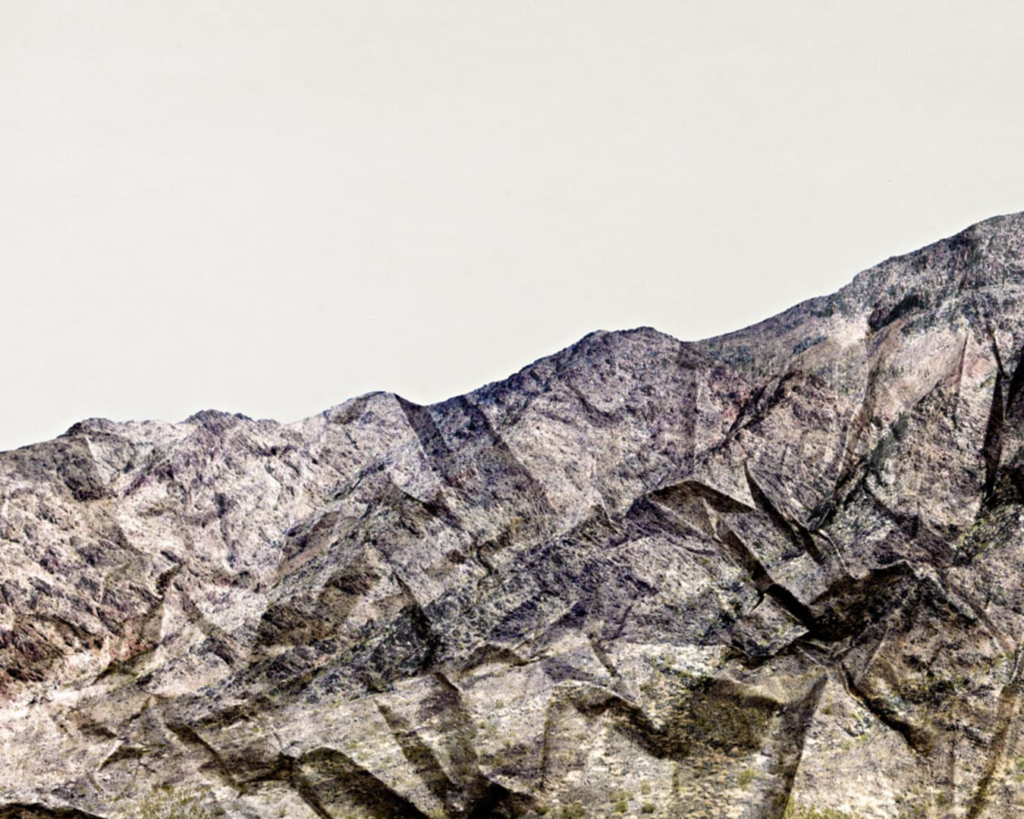




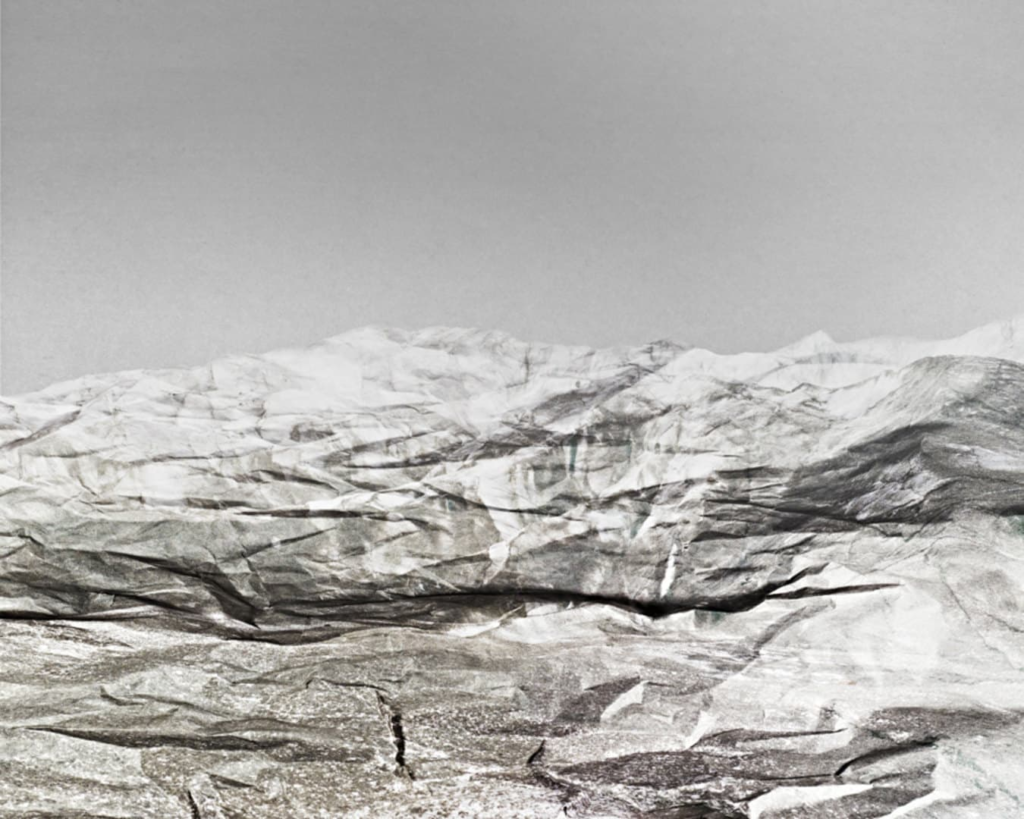
Howard Lewis
Howard Lewis is a New York based artist whose artwork explores the concepts of light, form and the perception of time. Through his camera, Lewis strives to capture the dimensional qualities of form as rendered by light, illuminating the texture and age of each subject through the synthesis of photographic elements.
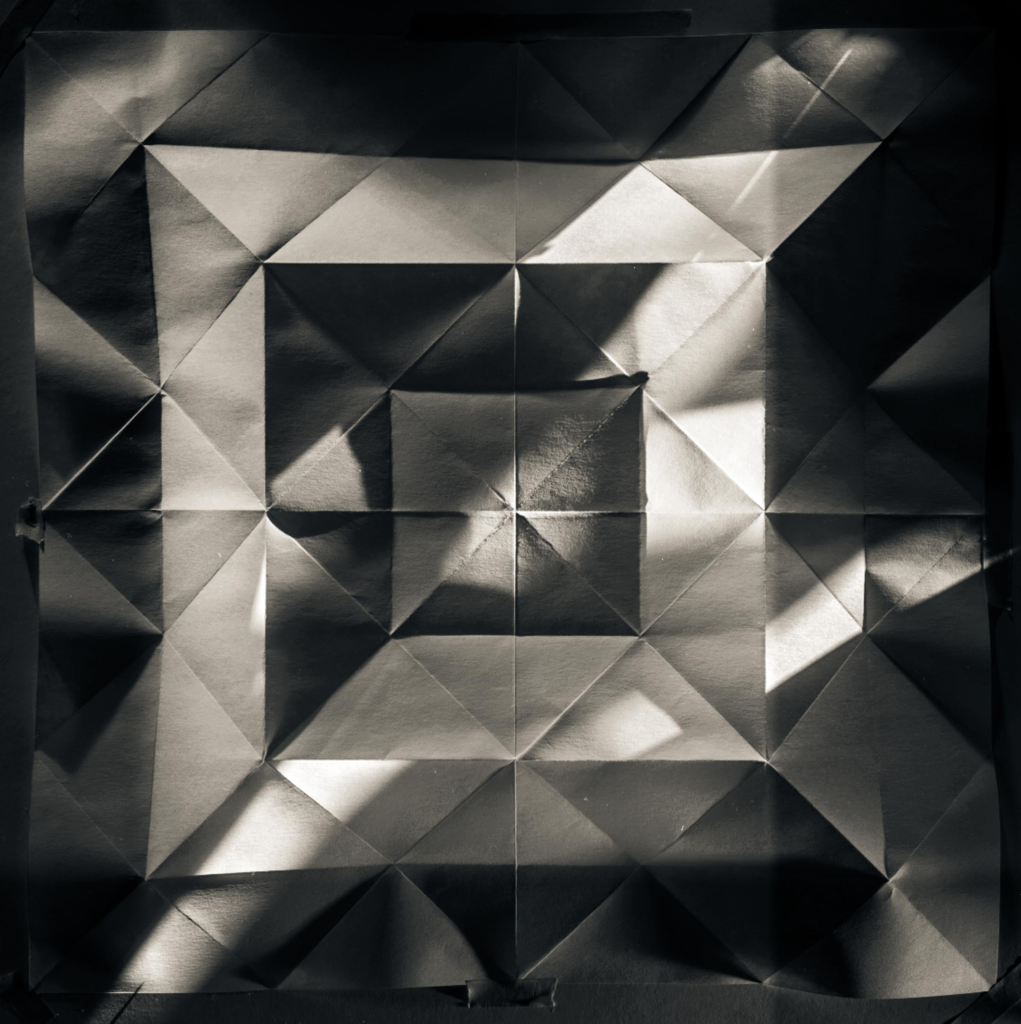





My Paper Experiments
I decided to use Origami in my Photos as I quite liked the texture that they produced and because scientifically Origami can help reduce stress, improve hand-eye coordination, boost creativity, enhance patience and persistence. It also symbolizes hope, healing and good fortune.
Knowing these facts about Origami it can create a hidden meaning behind my Photographs which I liked very much.

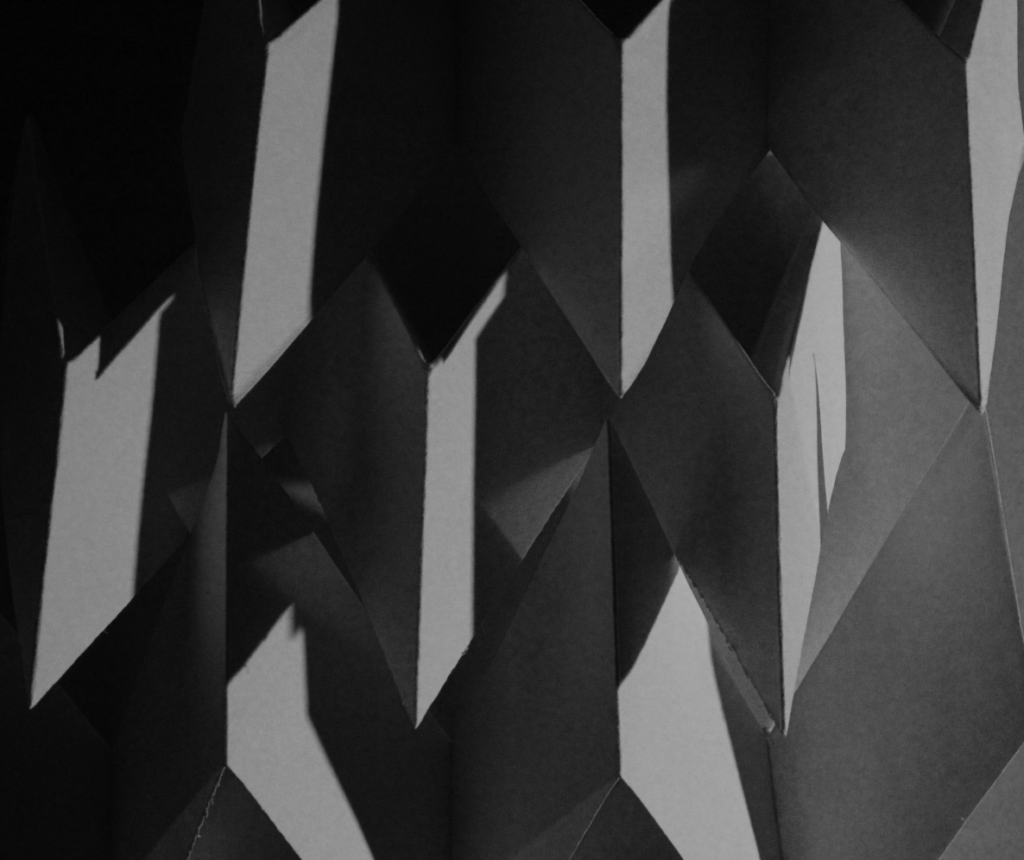




Contact Sheet

My Texture Experimentation
I used Adobe Photoshop for editing my Photographs and instead of just making my Photographs black and white, I decided to play around a bit with the settings to create these Monochrome based images. The settings that I used was…
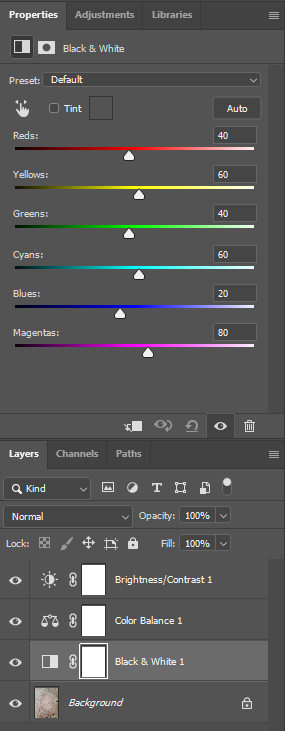


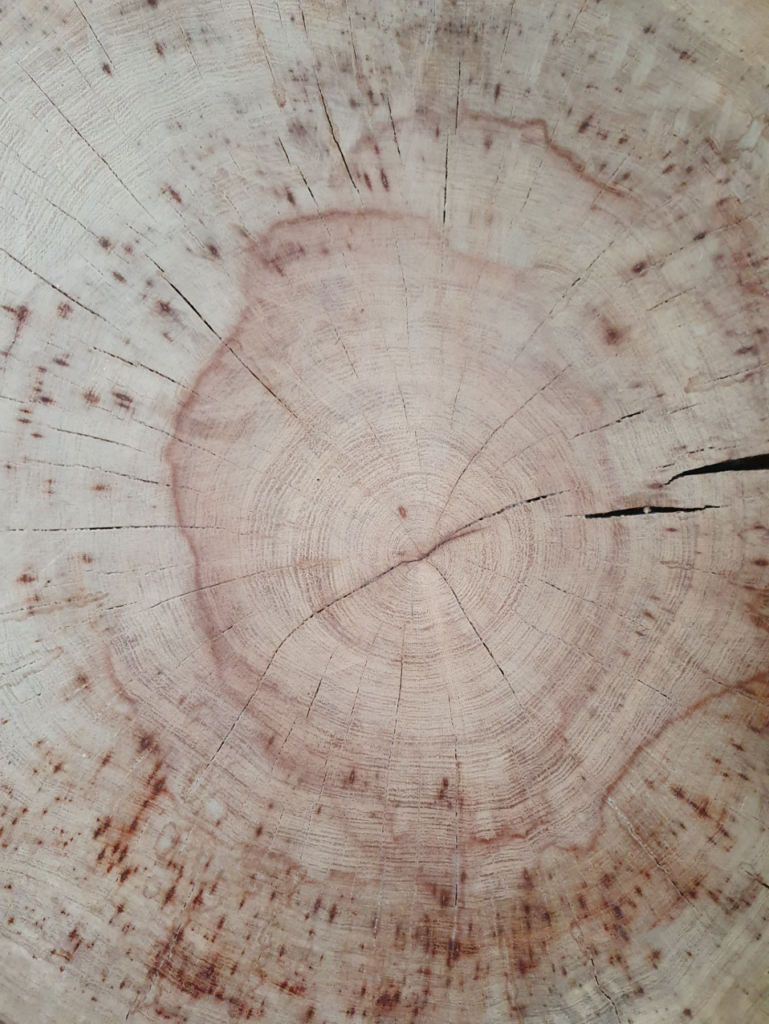

This is the Before and After of the Original Image, and then the Black and White Filter applied.

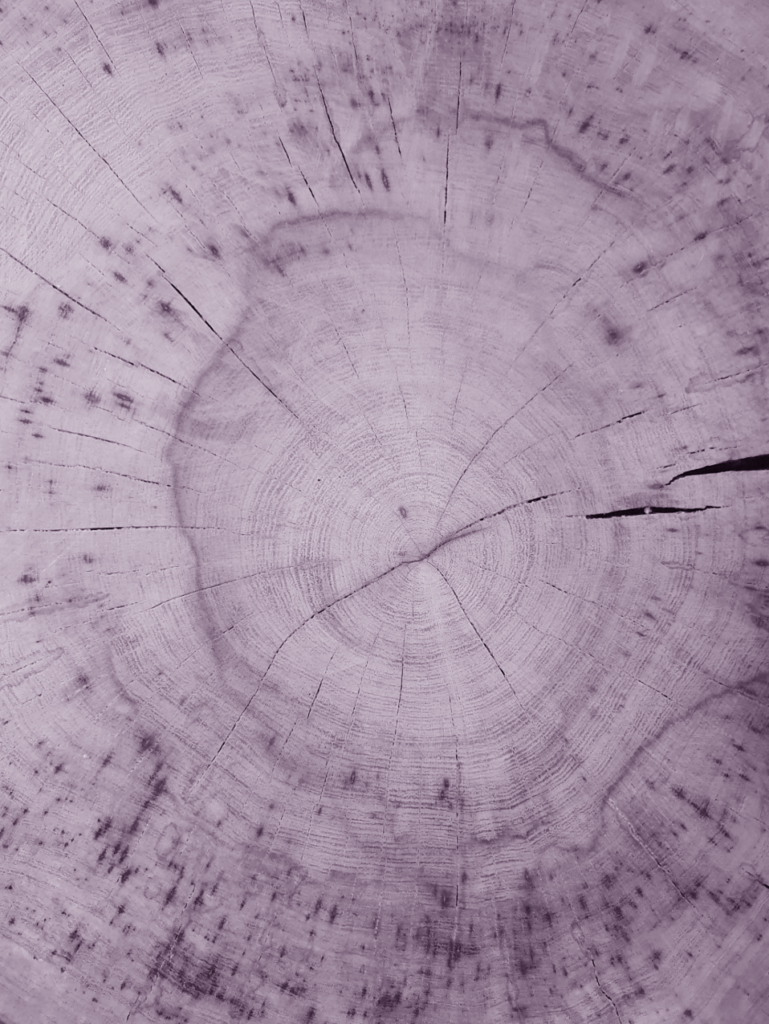
This is the Before and After of the Black and White Image, and then the Colour Balance Filter applied.


This is the Before and After of the Colour Balance Image, and then the Brightness/Contrast Filter applied.
Combining all these filters together created a Blue cooling effect, used to convey a sense of cold or a depressing atmosphere which was my intention when editing these photographs. This effect can also enhance shadows as seen in the Photos above, adding depth to an image.
Scientifically, the colour blue can represent or be associated with open spaces, freedom, intuition, imagination, inspiration, and sensitivity. Blue also represents meanings of depth, trust, loyalty, sincerity, wisdom, confidence, stability, faith, and intelligence.
These might be some things to note when editing my Photographs in the near Future.
My Final Texture Photographs


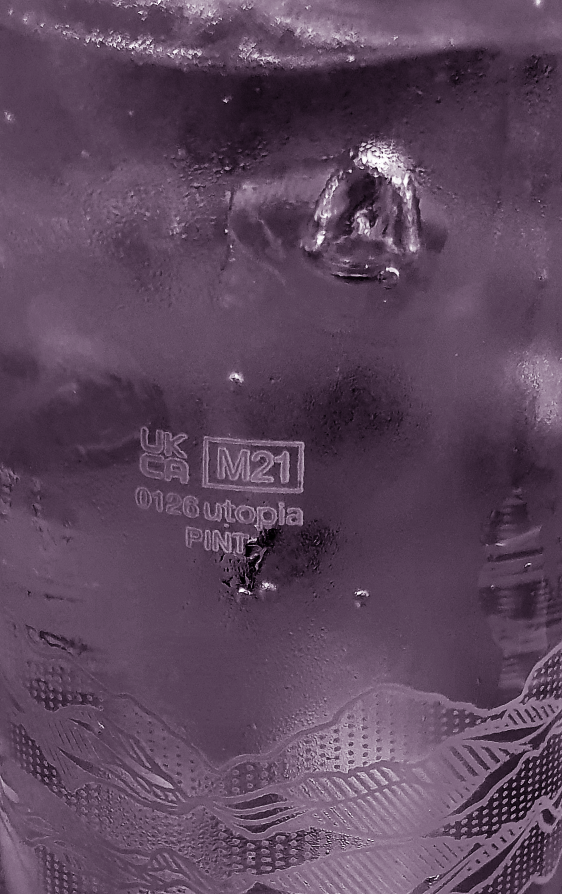

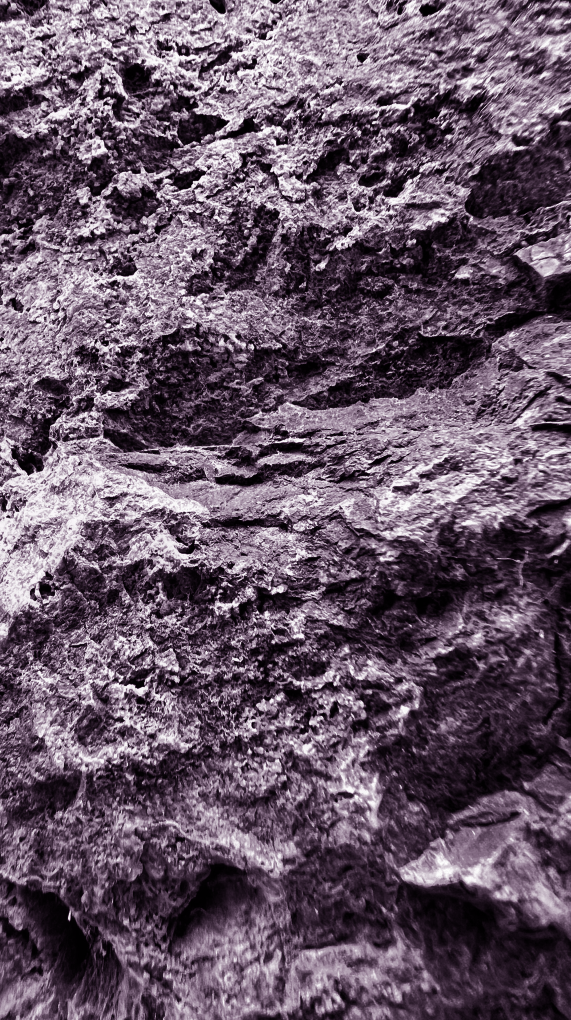
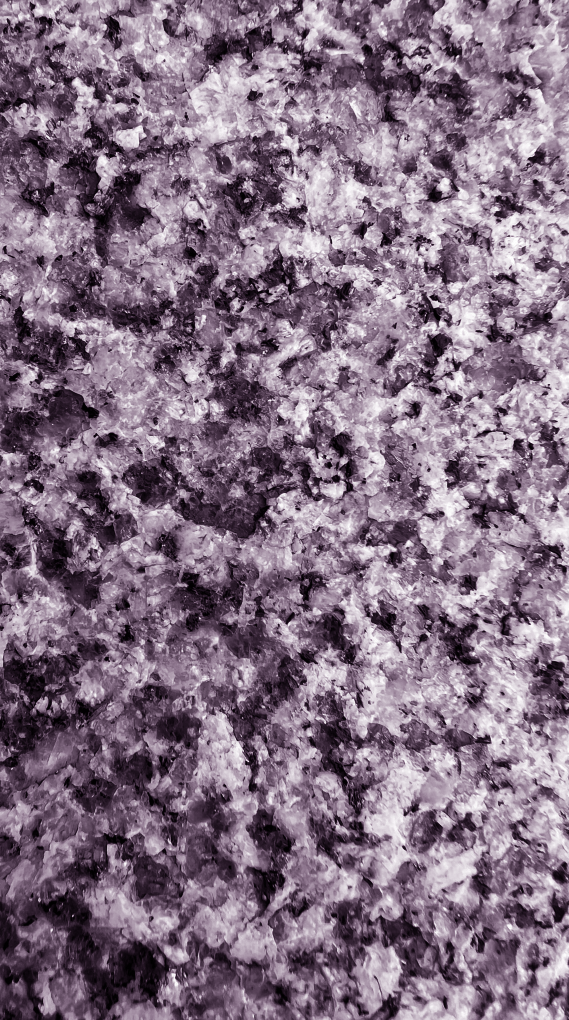
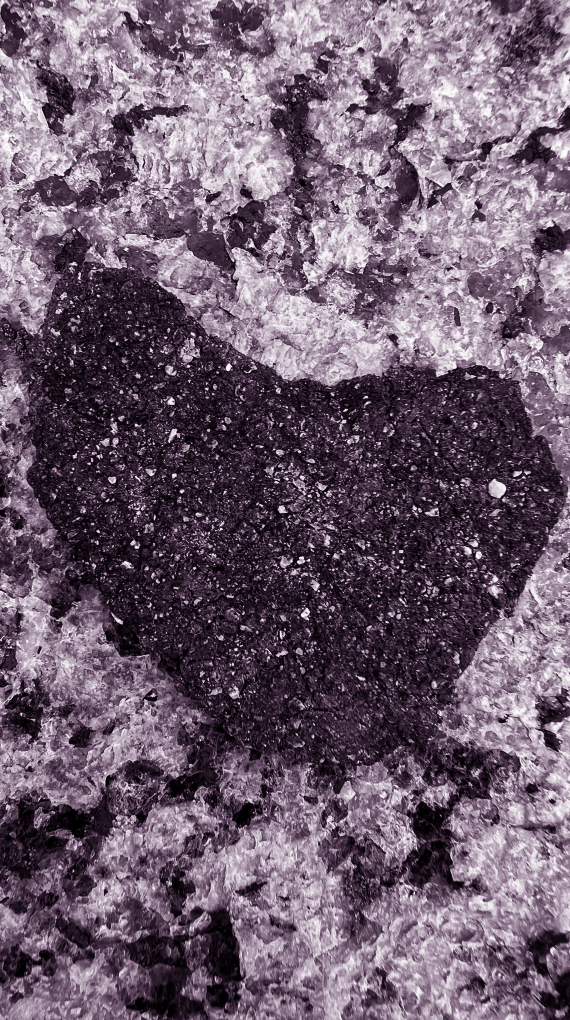
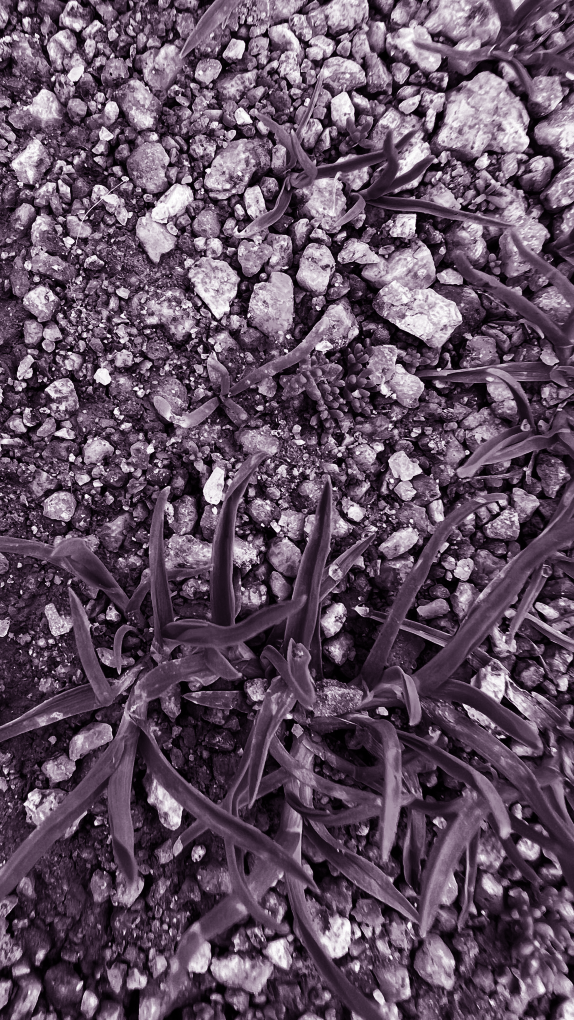
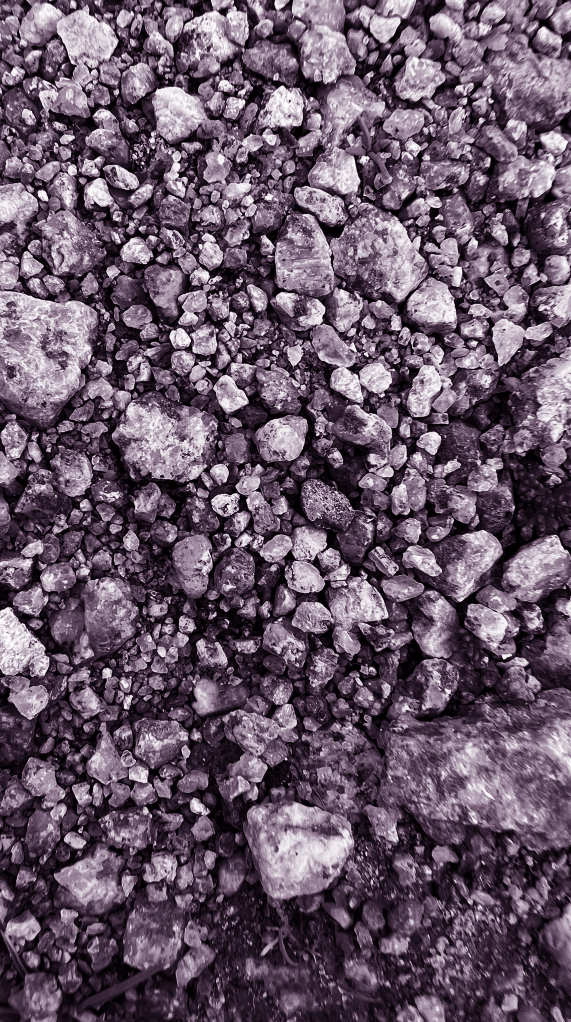

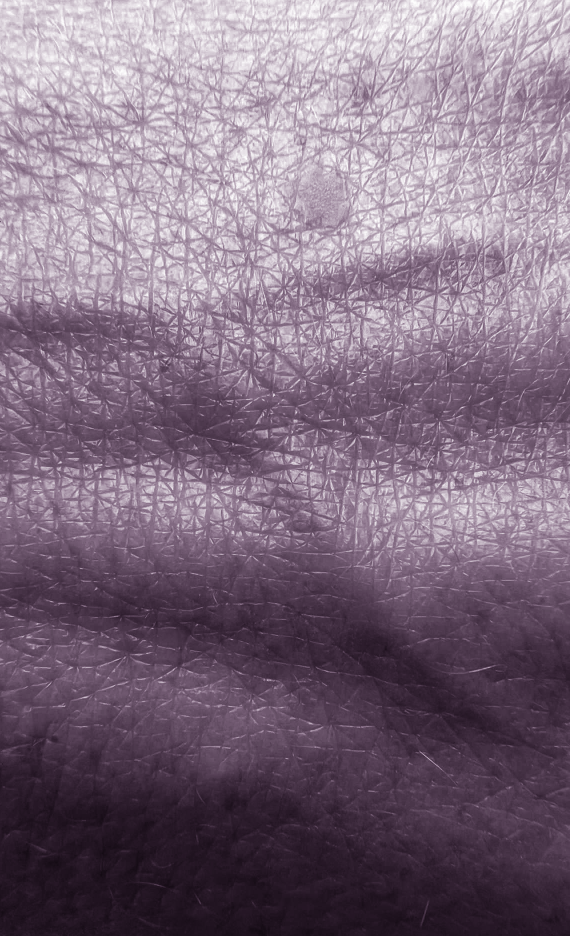
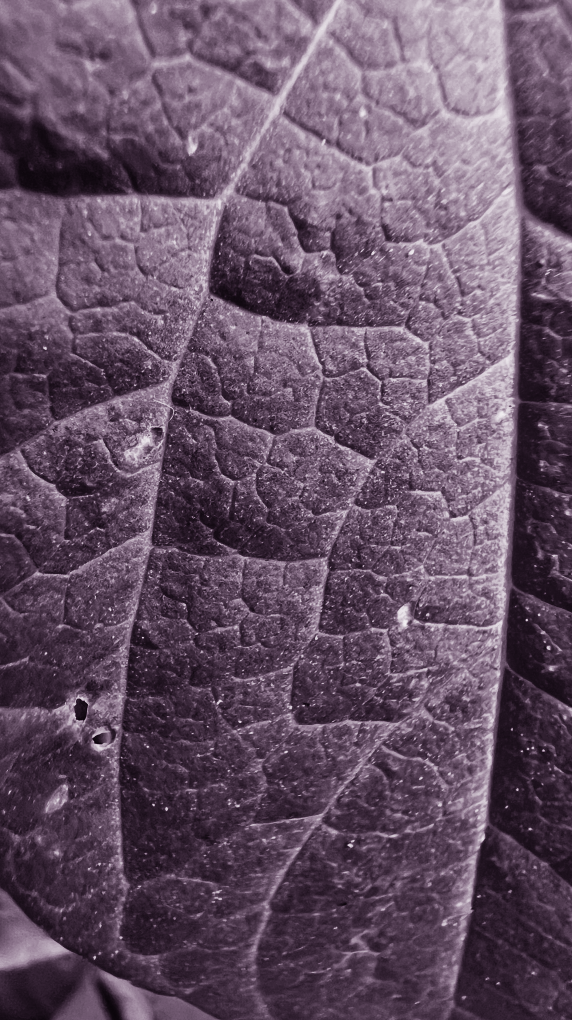

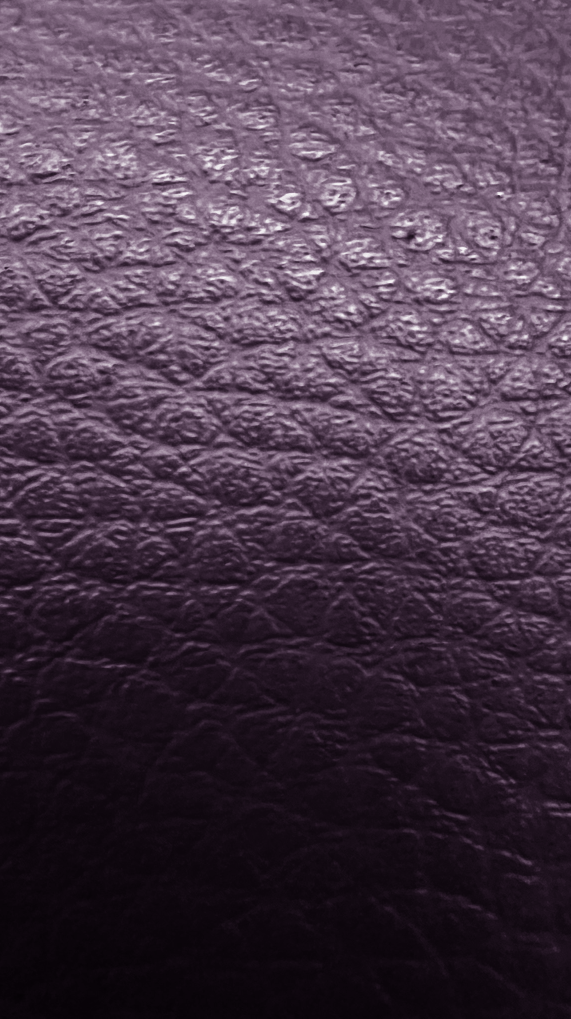
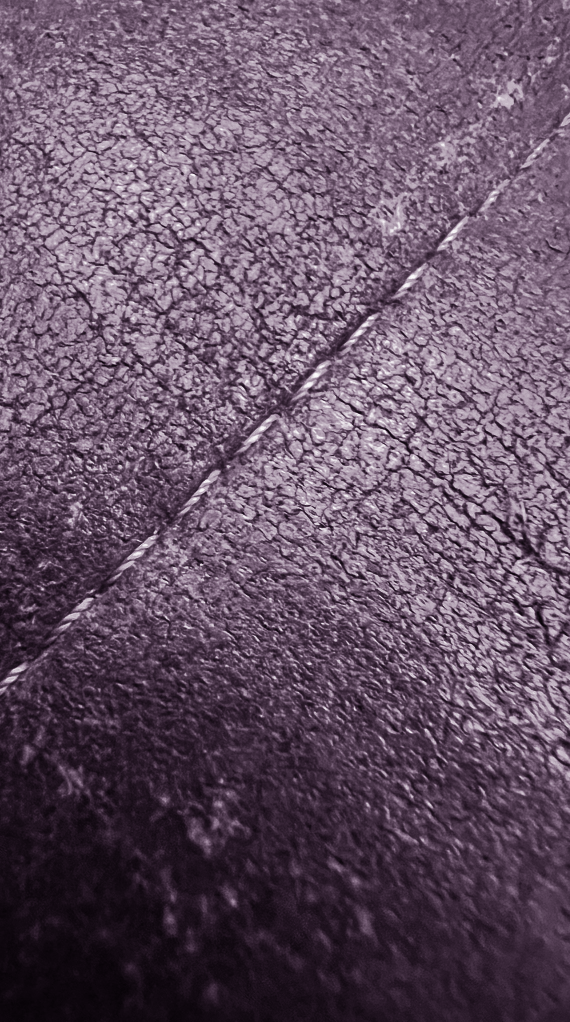
ArtSteps: Virtual Gallery
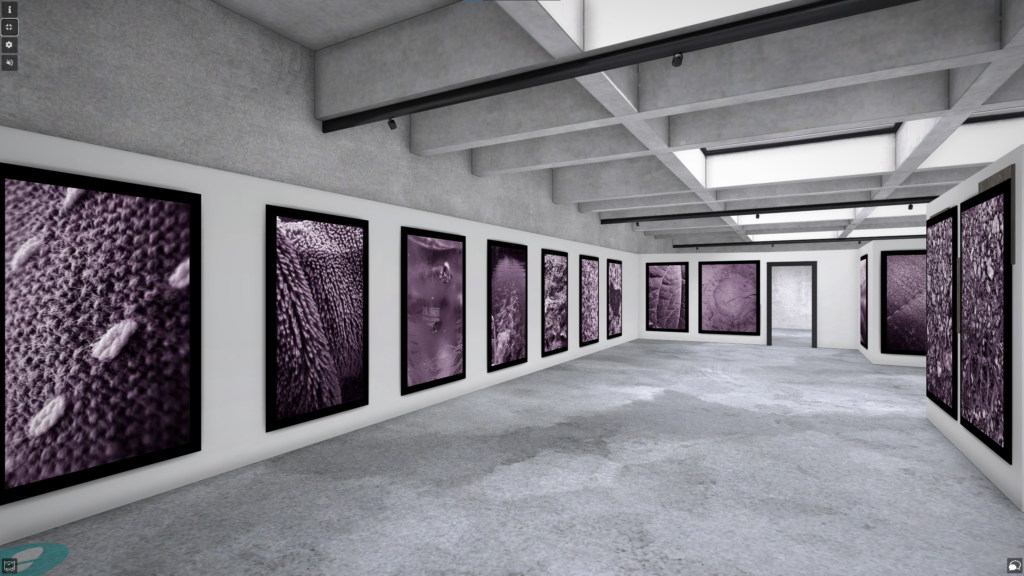
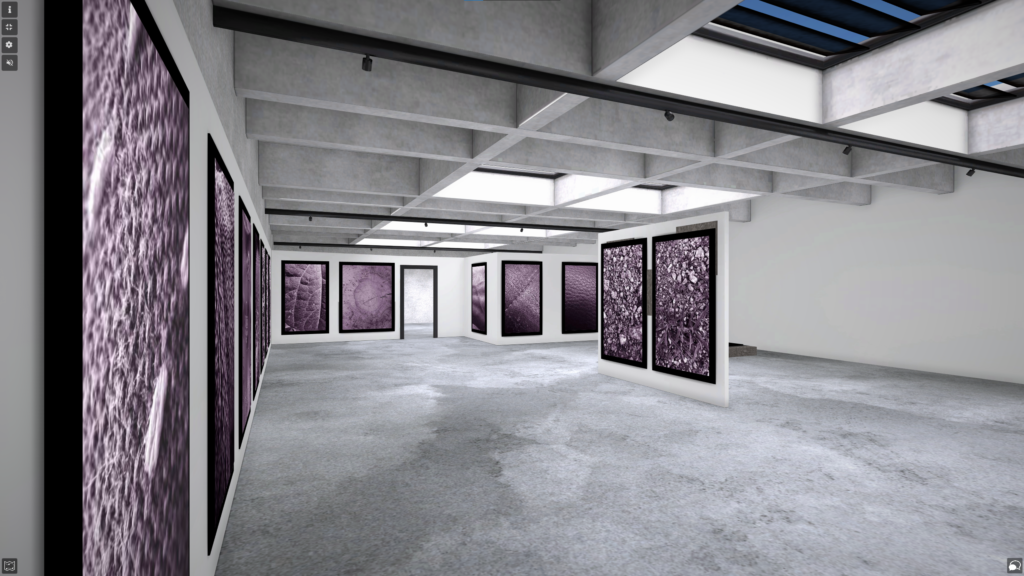
JAC 3 NOV confident approach, experimental and methodical too — keep it up!